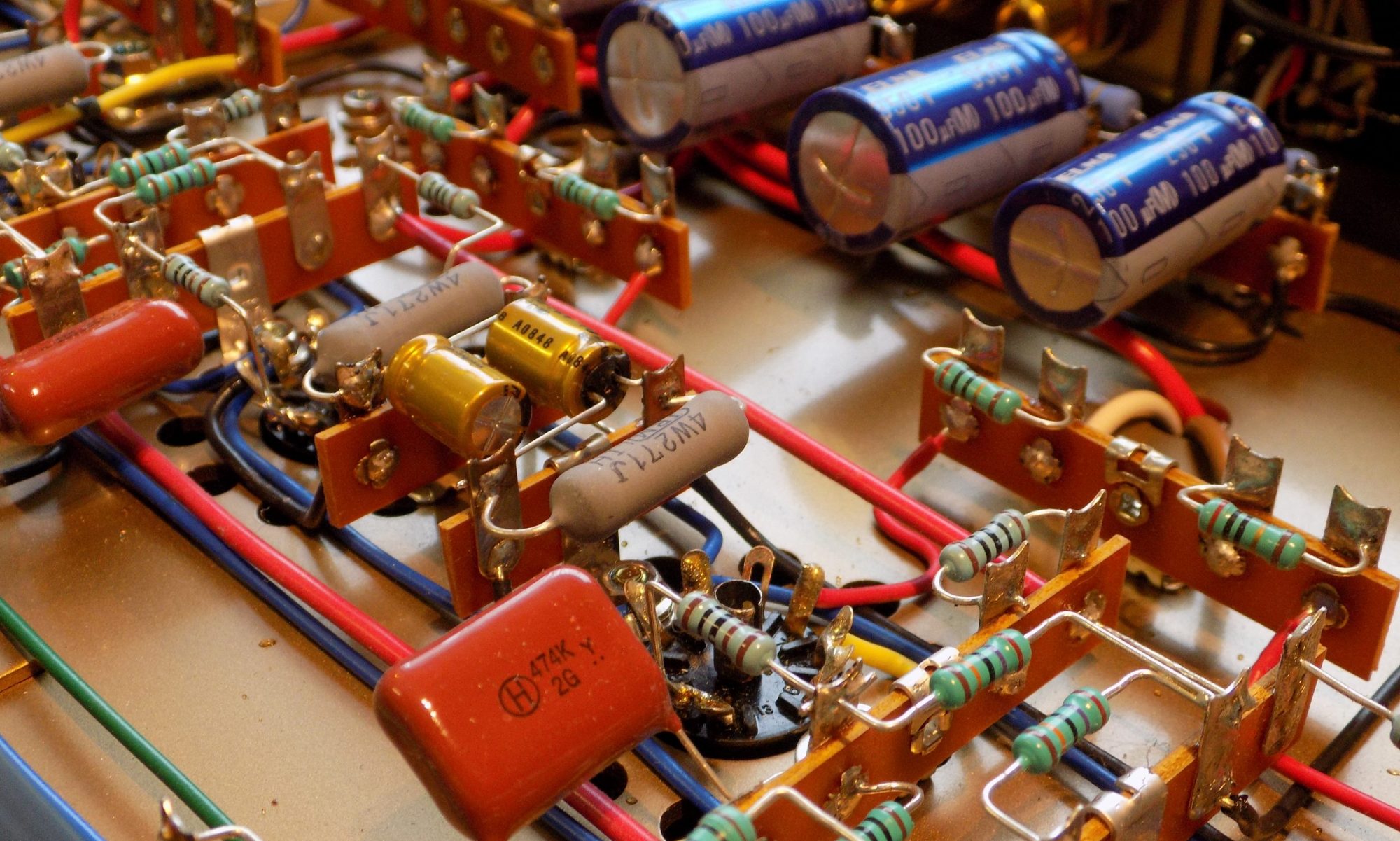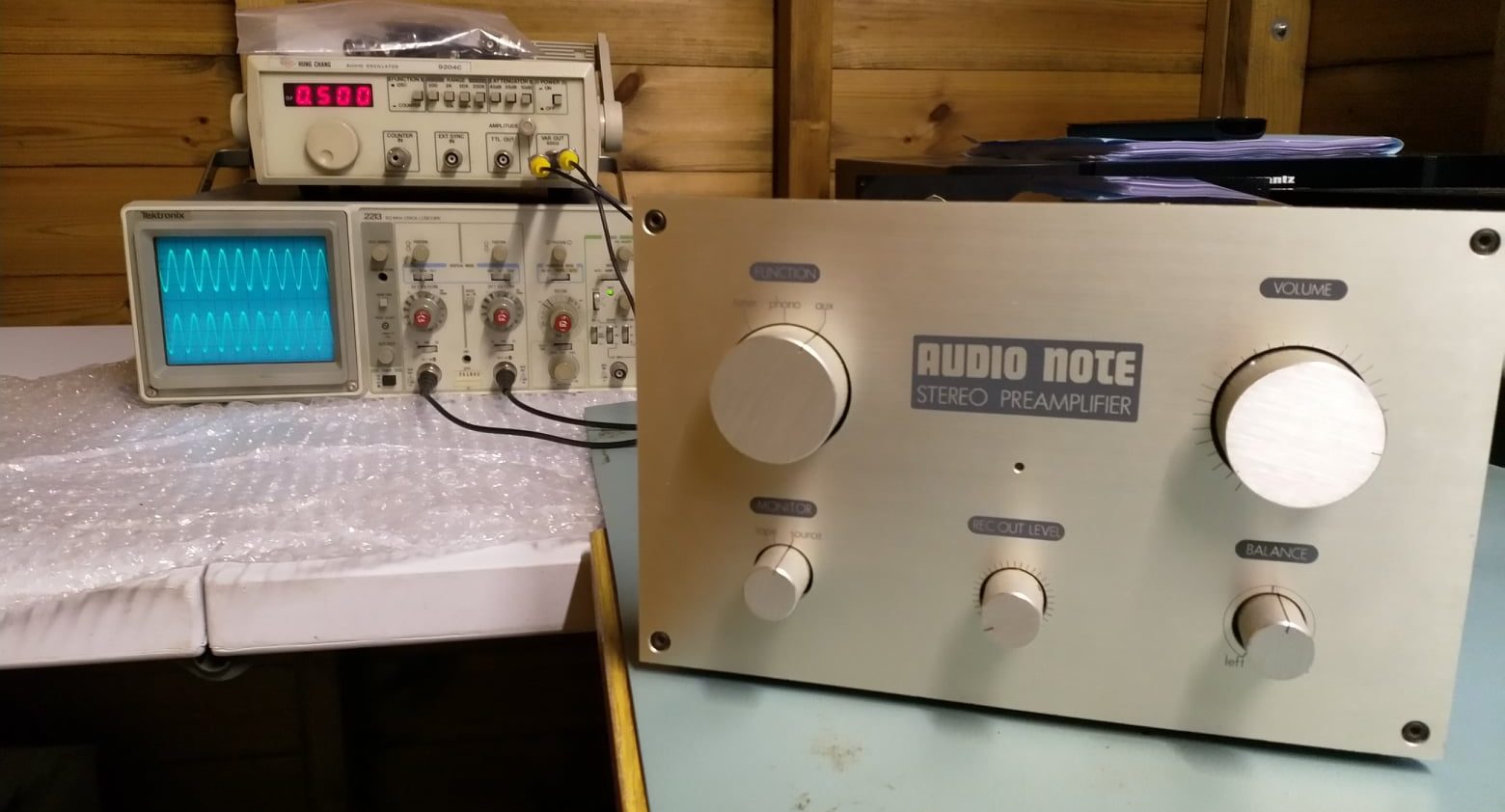Our service methodology at RJP Audio Overhaul endeavours to give your unit the best attention we can. From the moment it arrives here in our workshop, we capture not only your details but also the complete unit’s details. These include, make, model, serial number and fault description. From this we can generate both job numbers (AR) and also client codes for repeat custom.
Once a unit and its owner is booked on to our system, we then proceed to confirm any fault status reported to us. Any work requiring internal inspection is performed on an ESD (Electro Static Discharge) protected workbench via a grounded mat. An ESD wrist strap is also employed when working on sensitive PCBs and components:
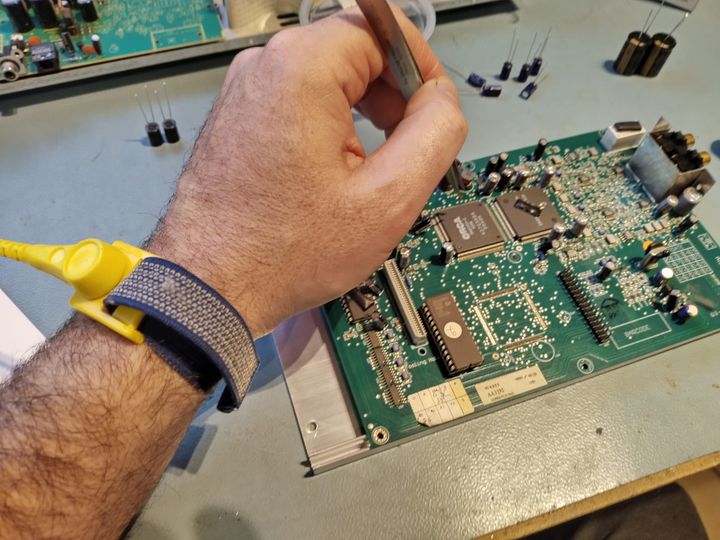
When fault finding audio circuitry, our preferred method is via the use of sine waves. We have found over the years that using this method allows us insights into many things:
- Ensuring both channels (in a stereo system) are equal in amplitude.
- Ensuring both channels (in a stereo system) are in phase with each other.
- Ensuring there is no clipping or distortion on a channel at various frequencies.
- Gives a known value to trace throughout a signal path.
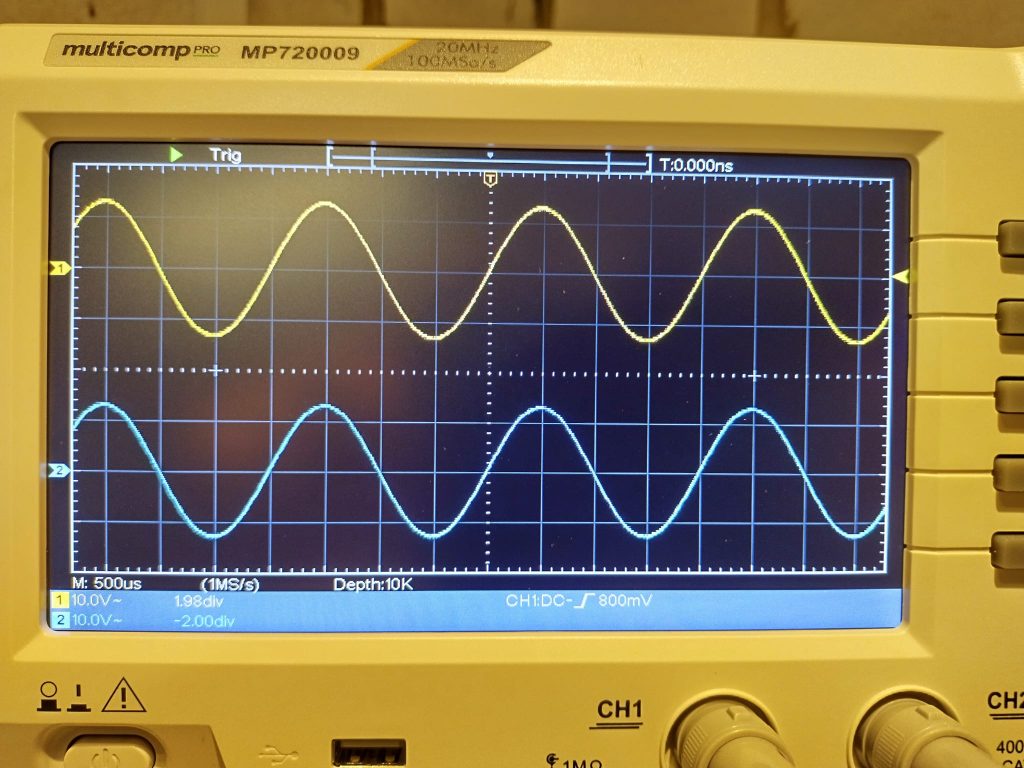
Once a fault has been identified and defective components confirmed, then replacements as close to the original will be sourced (upon estimate approval). In the vast majority of cases, components are sourced via known suppliers such as Farnell, RS components and Mouser. Upon receipt of components, they are logged on to our system and given a categorised part number. For example, prefix 001 of a resistor and 002 for a capacitor. All components are then bagged and labelled before being stored within their respective category. Semiconductor devices such as transistors, integrated circuits and diodes are all stored in ESD safe packaging.

Mechanical parts like the electronic ones mentioned above are again all categorised and stored individually. Further more, when working on mechanical devices such CD and cassette decks, we will ultrasonically clean the individual parts before re-assembly. This ensures any contaminates (old dry grease or dust) are removed before mechanisms are re-greased and aligned etc.

Finally, once units have had any remedial work carried out, any specified manufacturer electrical calibrations are carried out. This is dependent, however, on the detail being available in the first instance. These adjustments cover amplifier bias and CD i-patterns, just to name a few.
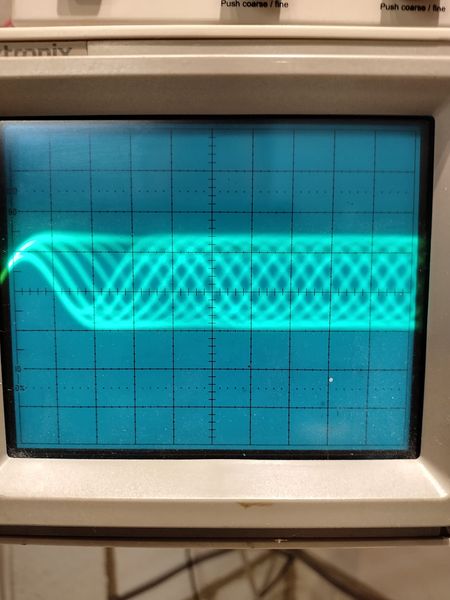
After calibrations / electrical adjustments have been performed, each unit is subjected to both testing of signal generated values and audio testing on simulated or actual speaker loads. This is an incredibly important step to ensure a unit is operated at temperature and electrically loading to ensure no further faults are apparent or to even induce intermittent faults in aging components.
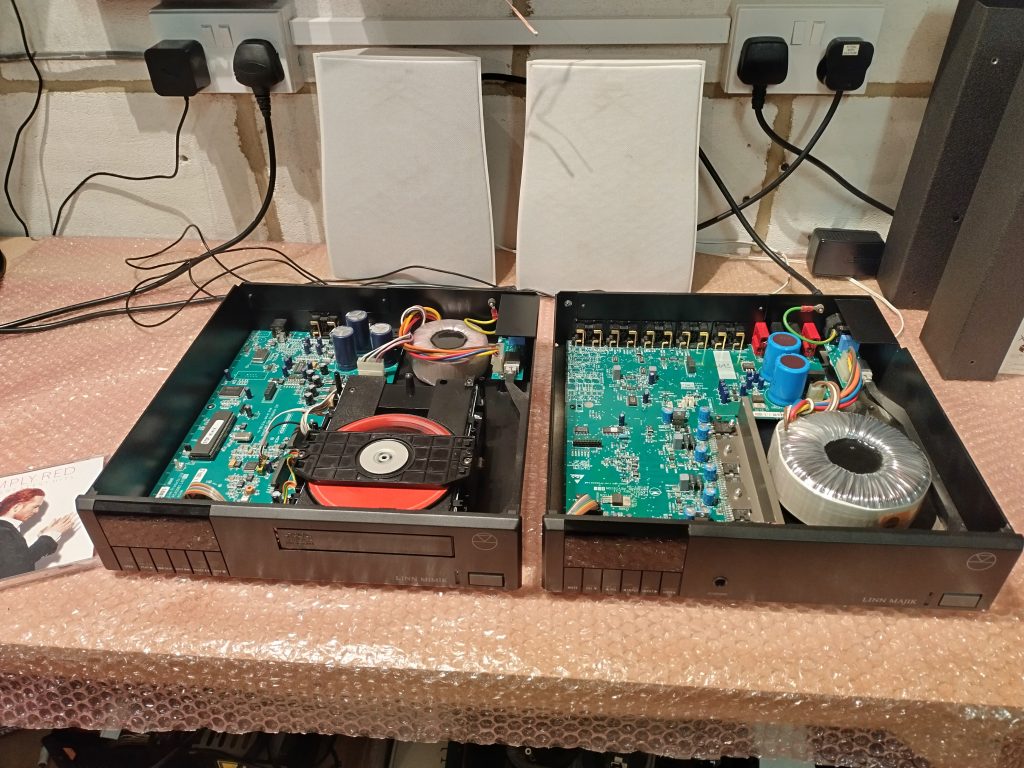
As you can see, our service methodology here at RJP Audio Overhaul aims to give not only you but also your HiFi unit the best attention and care possible.
If you would like us to service your HiFi equipment in this manor then please head over to our contact page to get the ball rolling:
